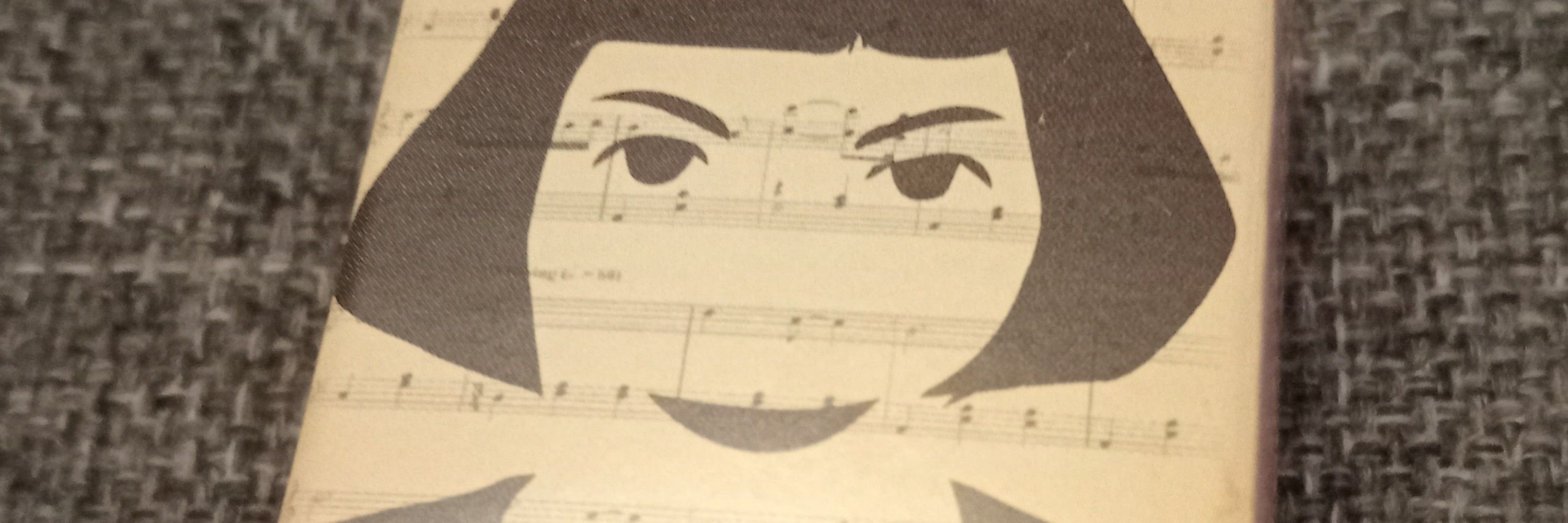Marie Léger-St-Jean
@marielsj.bsky.social
350 followers
520 following
320 posts
❤️ editing texts 🎤 💃 Montréalaise in Nijmegen, Nederland
Dissertation doula • accompagnante au dépôt de thèse • hulp bij het afronden van je proefschrift
Book history • histoire du livre • boekgeschiedenis
Posts
Media
Videos
Starter Packs
Pinned
Marie Léger-St-Jean
@marielsj.bsky.social
· Aug 29









